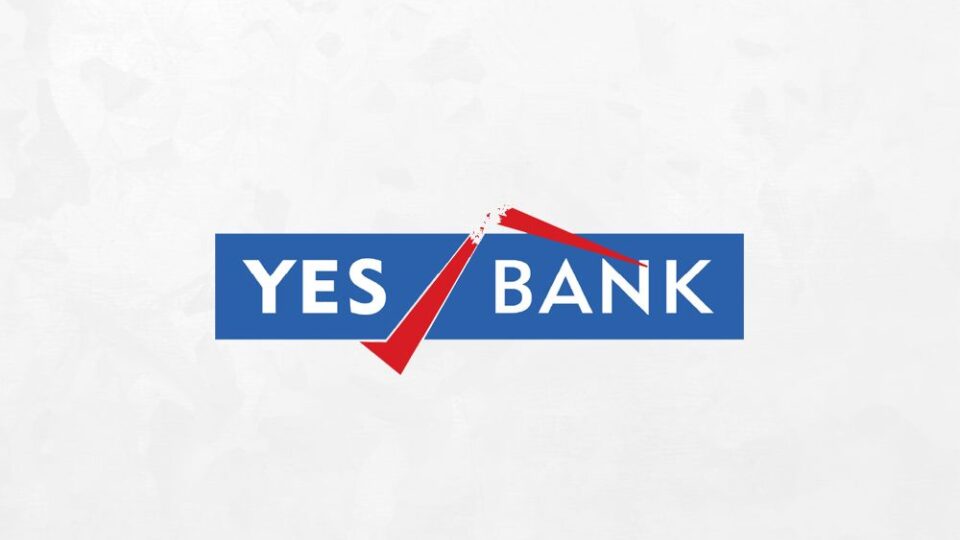
EPF vs PPF vs VPF, Invest In One Which Is Best For You
Before comparing EPF, PPF, and VPF, you should try to understand the exact intent of the Government for introducing these schemes. A person who is looking for a low-risk retirement scheme to invest in while aiming at assured returns should opt for these schemes. As they are not only known as risk-free investment plans but also provide tax-free benefits.

Take A Look At All Three Of The Retirement Schemes Offered By the Government:
EPF

EPF or Employees Provident Fund Scheme offered by the Government is mandatory to comply with for any business having more than 20 employees. As per the scheme norms, an employee is required to deposit his share benchmarked by the government into his EPF account. Similarly, an employer also has to contribute the same against an employee’s contribution. The interest earned on the contributed amount as decided by the Employees’ Provident Fund Organisation (EPFO) is allowed for a tax deduction.
PPF

PPF or Public Provident Fund is a government-backed risk-free retirement scheme offering higher returns on investments made. Investors are also eligible to avail of tax benefits under this scheme on their investments and interest earned. All salaried and non-salaried ones are allowed to invest in PPF. However, there is no employer contribution you will get under this scheme. Interest earned through this scheme is compounded, meaning the investors cannot only be benefitted from the invested amount but also the interest earned. Contributions are made towards PPF for 15 years.
VPF

VPF or Voluntary Provident Fund Scheme, the investors who opt for this scheme can make contributions into their PF account more than the 12 per cent mandated by the Government. Under this employees can invest any per cent of their salary amount into their PF. Remember there is no separate account for VPF.
Also read:
PNB, HDFC, ICICI Bank Latest FD Rates Compared
Now Which Retirement Scheme Should You Pick?
Well, the fact is most salaried employees already invest in EPF schemes as per Government norms. If you want your contributions to increase then also pick VPF or invest in PPF.
After EPF is confirmed an individual can invest towards VPF and PPF while thinking about his return expectations and scheme tenure. Currently, the interest offered on VPF is 8.5 per cent and 7.1 per cent on PPF.
If you’re more focused on your retirement fund then opt for VPF as it offers high returns, which will create a large pool of funds at a fast pace for your retirement. Meanwhile, the investors should opt for PPF if their financial goal is a child’s education or marriage as this scheme has a deposit period of 15 years. Self-employed individuals can also opt for the PPF scheme.



